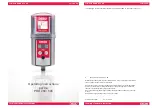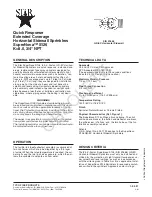
section of the map screens (Page 29) will always show the current direction of the
map. Map orientation should not be mixed up with Screen orientation.
North-up:
A kind of map orientation having the map rotated to have North toward
the top of the screen. See also Heading up and Map Orientation.
POI:
Points Of Interest, exact map locations of important points saved in a database
together with their name, category and subcategories (e.g. Service/Fuel/Autogas),
address, phone and other important information. Use the versatile search system in
AVIC-S2 to find the appropriate POI near you, your destination or any other given
location on the map (Page 69). You can also have your favorite places saved as ‘My
POI’ in AVIC-S2.
Track log:
In AVIC-S2 you have the possibility to record your journeys using the
position data your GPS provides in every second or every few seconds (depending
on your GPS settings). When you start the recording, position data are saved in the
database until you stop recording it. This set of sequential GPS positions is called
track log. Each set of consecutive positions has a name (originally it is the time of
recording but you can change it to any name you like) and a color in which it can be
displayed on the map. See also Page 42.
Heading up:
A kind of map orientation when the map is rotated to look always in the
direction of your heading. See also North-up and Map Orientation.
Via point:
Routes in AVIC-S2 can have several (as many as you want) different
destinations to reach in a specific order. All these points except the final destination
are called via points, as the route goes ‘via’ (through) them. The destinations can be
seen in the Route Information screen on the Route line (Page 34), and each via point
is announced by the voice instructions as you approach and when you reach it.
Should your via point serve as a stopover, navigation continues automatically as you
depart. Navigation will resume even if you turn off and on your device or restart the
program.
Zoom In and Out:
The Zoom function is used to change the scale of the map. Use
Zoom In to scale down the map to see less of it but in more detail, and use Zoom
Out to scale the map up to have a broader view of that part of the map with fewer
details. See also Page 16 and Page 26.
76

































